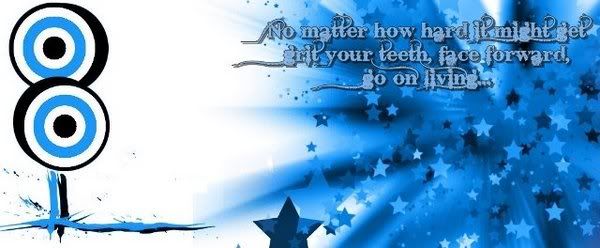More than 10 years ago, StarCraft and StarCraft: Brood Wars were the all-time best real-time strategy (RTS) games for local area network (LAN) gaming, and are credited for having been among the video games that made Internet cafes “cool". Even as online games took away interest from StarCraft, a few loyal players still held “LAN parties" to play StarCraft.
Fast forward to 2010, Blizzard has launched StarCraft II: Wings of Liberty. While it was among the most anticipated games for the year, many old players still wondered if the new game would hold up against other RTS titles that have dominated the market for the past several years. Few sequels actually give the same, if not a greater amount, of fun as the predecessor.
Terran-only campaign
StarCraft II is among these rare sequels that did a lot of justice to the original. However, it does have a few disappointments, including just a Terran-only campaign, but the setbacks could be said to be minor especially since new expansion packs will be released to feature the campaigns of the Protoss and the Zerg races.
First of all, the game has a greatly expanded Terran campaign mode, with long campaigns that really train the player to build an army. All of the campaigns are closely linked together and, just as Blizzard does it with its other games, there are stories to be followed within each campaign.
Fast forward to 2010, Blizzard has launched StarCraft II: Wings of Liberty. While it was among the most anticipated games for the year, many old players still wondered if the new game would hold up against other RTS titles that have dominated the market for the past several years. Few sequels actually give the same, if not a greater amount, of fun as the predecessor.
Terran-only campaign
StarCraft II is among these rare sequels that did a lot of justice to the original. However, it does have a few disappointments, including just a Terran-only campaign, but the setbacks could be said to be minor especially since new expansion packs will be released to feature the campaigns of the Protoss and the Zerg races.
First of all, the game has a greatly expanded Terran campaign mode, with long campaigns that really train the player to build an army. All of the campaigns are closely linked together and, just as Blizzard does it with its other games, there are stories to be followed within each campaign.

StarCraft II features a greatly expanded Terran campaign mode.
Before, when players only had to build an army and destroy the enemy units and bases, there are a few new portions in the game that lets the player choose certain directions instead of just going straight for the enemy base. For instance, the first campaign lets players destroy holographic displays of Terran Dominion leader Arcturus Mengsk, while meeting up with citizens who have been freed from Mengsk's tyrrany. The player gets to feel the story build up while playing each campaign instead of just going through the motions of finishing the enemy base.
Jim Raynor's back
Of course, Jim Raynor, the Terran rebel leader and hero of the first StarCraft game, is the main story. His quest is to bring down Arcturus Mengsk, whom he blames for the apparent death and transformation of Kerrigan into the Zerg queen. Throughout the game, Raynor and his team will try and find ways to outmaneuver Mengsk's army and finally find an end to the Zerg infestation – and perhaps save Kerrigan in the process.
A major change in the game is its role-playing game approach; instead of just using the same units over and over again, Raynor can choose different campaigns that will earn him money, which he uses to buy new units and upgrade existing ones. Only a few old units are back, such as the Marine, Siege Tank and Battlecruiser, though there are numerous new units that have variable attributes. Of course, for the structures, there are still the Armory, Barracks, Bunker, Command Center, and Factory, all of which came from the original StarCraft.

Instead of just using the same units over and over again, you can choose different campaigns to help you buy new units and upgrade existing ones.
Online multiplayer gaming
But the main aspect of StarCraft 2: Wings of Liberty is its online multiplayer capabilities. As with other Blizzard titles, StarCraft 2: has been built for Battle.net gaming. There are different regions where players can compete and these are the US, Europe, and Southeast Asia. This approach allows players to compete against others in the same region, and from an infrastructure perspective, reduce the Internet latency that would otherwise ruin the online multiplayer experience.
It is also here where players can finally choose to play the other two races, the Protoss and the Zergs. Each race has different attributes that could fit the varying gameplay style of different players. For instance, the Terran are still the all-around race with balanced defense and offense. The Protoss are still the most expensive to build but are extremely powerful even in small numbers. Zergs can overwhelm their enemies with superior numbers, though they are still week in smaller numbers.
No LAN, no problem
The absence of LAN gaming isn't exactly a problem. In fact, it's the element of playing against a wide community is what makes the game even better. The level of competition may seem higher, but it is this challenge that would surely make players try and improve their skills.

Online multiplayer capability makes up for StarCraft II's lack of LAN connectivity.
With all the proper elements in place, as well as additions, StarCraft II: Wings of Liberty is a sure hit among old players of StarCraft. Even when it's compared to other RTS games, StarCraft II can still hold up to the others. What's more, new updates will keep people's anticipation going. - by Benjamin Lhora / TJD, GMANews.TV

















